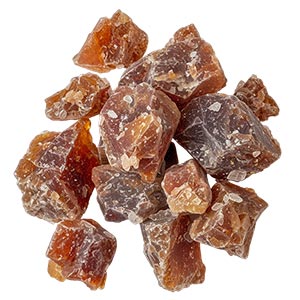Opoponax, also known as sweet myrrh, has been a valued ingredient in perfumery for centuries. Its warm, balsamic, and slightly sweet aroma adds depth and richness to fragrances. Originally used in incense and traditional medicine, opoponax has found its place in modern perfumery as a base note that provides a lasting and comforting scent. Historically, opoponax was sourced from the resin of trees in the genus Commiphora, native to parts of Africa and the Middle East. Its use dates back to ancient times, where it was prized for its aromatic properties. In perfumery, opoponax is appreciated for its warm, sweet, and resinous characteristics, which blend well with various fragrance notes, enhancing the complexity of the perfume. In contemporary fragrances, opoponax is often used to impart a rich, warm, and slightly sweet undertone. It complements oriental and woody compositions, adding a luxurious and exotic feel. Its versatility makes it a popular choice among perfumers for creating sophisticated and alluring scents.
Natural or Synthetic?
Opoponax is used in both its natural and synthetic forms in perfumery. The natural form, derived from the resin of the Commiphora tree, is valued for its authentic, warm, and rich scent. However, due to sustainability and cost issues, a synthetic version is also utilized. The synthetic variant replicates the balsamic and sweet characteristics of natural opoponax and provides a consistent quality that can be difficult to maintain with the natural resin. The choice between natural and synthetic forms depends on the desired fragrance profile and cost considerations.
Fragrance Families Opoponax Most Commonly Found In
Show fragrances that contain Opoponax as a note



